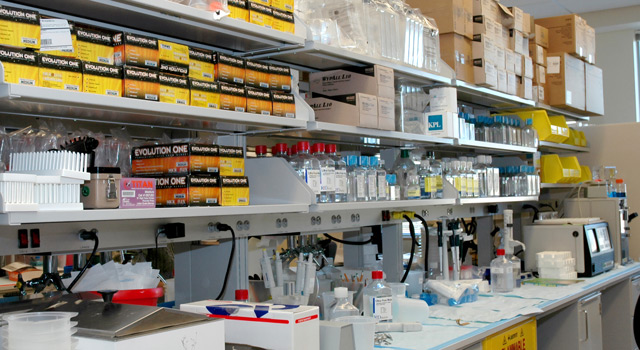Well, I’ll tell you why not: It may be much harder to get those parts, and they might not be necessary.
Thanks,
Quality Digest
Well, I’ll tell you why not: It may be much harder to get those parts, and they might not be necessary.
Thanks,
Quality Digest
منبع: https://www.qualitydigest.com/inside/customer-care-article/three-tips-adding-flexibility-your-medtech-manufacturing-supply-chain
And what if the same part with a lower tolerance will work just as well and is much easier to get?
Supply chain management is crucial to any medtech company’s ability to deliver safe, effective, and high-quality devices to their customers.
2. Consider wants vs. needs for part specifications
In my experience, when engineers are starting their careers, they often want to get the perfect part—or as close to it as possible. After all, why not get parts that have the highest possible tolerance or come within a thousandth of an inch of the specs?
I’m putting poor quality and latte deliveries together because both can be a symptom of a poor supplier and may indicate that you need to put in more work managing it—or begin looking for a new one entirely. If your orders fail incoming inspection, and you feel a supplier is becoming unreliable, that can also put a significant strain on your manufacturing timeline.
Getting all the stuff you need when you need it isn’t always a given; you may need a Plan B—or C.
But being nice goes a long way. The customer who makes it easy to work with them (and maybe sends some donuts with every few orders) is the customer who will get their orders squeezed in. The customer who is demanding and kind of a pain… won’t.
As we learned during the Covid-19 pandemic, no industry is immune to supply chain snarls that lead to shortages. But it doesn’t take a global pandemic to create scarcity of parts or components necessary for manufacturing your devices. Everything from labor shortages to geopolitics can cause disruptions in the supply chain.
With all the regulatory requirements around supplier management, it’s easy to forget that there’s still a team—sometimes a small one—on the other end of your order. It may not be in any case study, but being nice is an extremely underrated supply-chain management strategy.
If you’re making a product without a high order volume—perhaps a durable product that can be used over and over in an operating room—you might not have the kinds of large orders that suppliers like to deal with. This can become even more of a problem if the market for this particular part or component is consolidated and you don’t have many other options.
1. Build flexibility into your purchasing
In terms of preparation, there are some basic actions you can take to avoid a situation where parts stop showing up and your manufacturing shuts down entirely.
What are some strategies for enhancing efficiency and flexibility in your supply chain?
Our PROMISE: Quality Digest only displays static ads that never overlay or cover up content. They never get in your way. They are there for you to read, or not.
It’s a bit counterintuitive, but sometimes the best part is the one that isn’t perfect but still does everything you need it to. And crucially, there may be more options for suppliers who that make the part.
When I say they might not be necessary, I mean that sometimes it’s useful to take a step back and ask what you actually need for this device to be as safe and effective as possible. It’s great to use a part that has the highest possible tolerance you can find, but what if there are only two suppliers that can get you that part, and they’re very expensive and don’t want to take on your low-volume order?
Let’s start with the most basic requirement: getting all your parts, components, and materials on time, every time. There are a number of issues medtech companies can run into with their suppliers and supply chains, but a handful are more common than others.
However, someone has to pay for this content. And that’s where advertising comes in. Most people consider ads a nuisance, but they do serve a useful function besides allowing media companies to stay afloat. They keep you aware of new products and services relevant to your industry. All ads in Quality Digest apply directly to products and services that most of our readers need. You won’t see automobile or health supplement ads.
If you’re a low-volume customer working with a machine shop that typically does high-volume orders, then the cruel reality is that you’re not going to be their priority.

Another option is to add multiple suppliers to your approved supplier list (ASL) and order from them on a rotating basis. That way you can keep your suppliers happy with regular orders but still avoid putting all your eggs in one basket.
So please consider turning off your ad blocker for our site.
Customer Care
Published Aug. 25, 2023, on the greenlight guru blog.
But as anyone in the industry can tell you, consistently getting the products and services you need to manufacture your devices is harder than it sounds. In fact, the 2023 Medtech Industry Benchmark Report found that supply chain logistics was the No. 1 concern postmarket companies had when it came to scaling their manufacturing.
Tip: You probably won’t be able to add suppliers to your ASL and then not order from them. It’ll be tough to find a supplier who is fine with doing the work to get on your ASL just to be a backup in case you need them somewhere down the line.